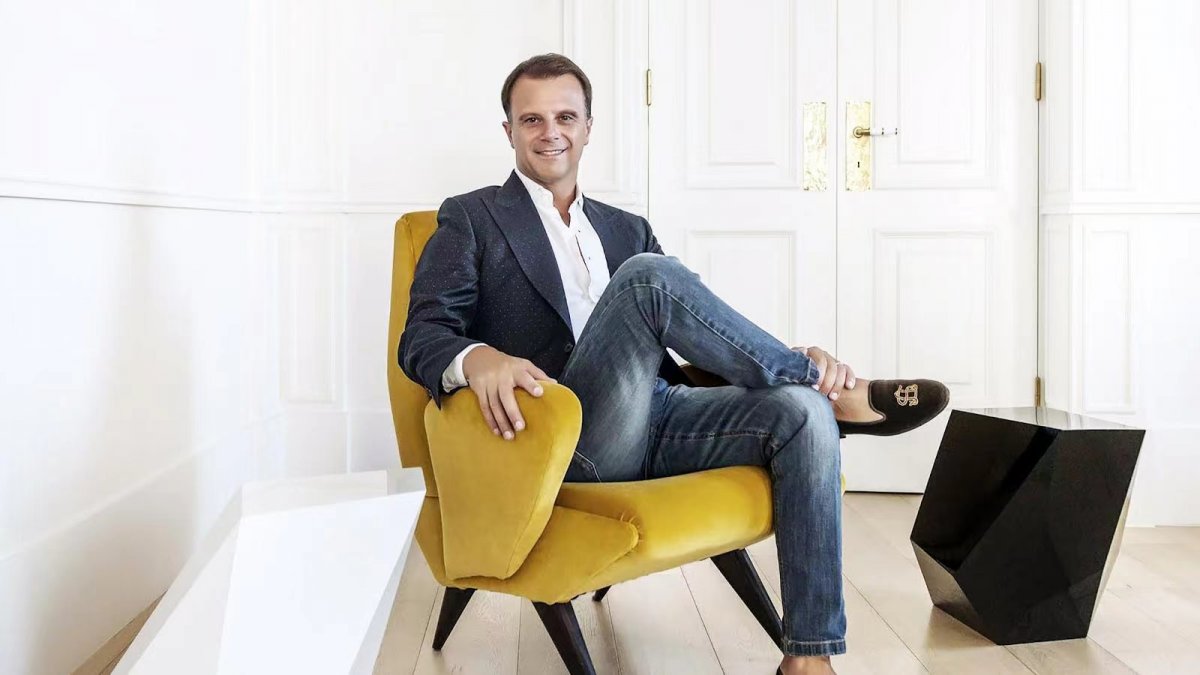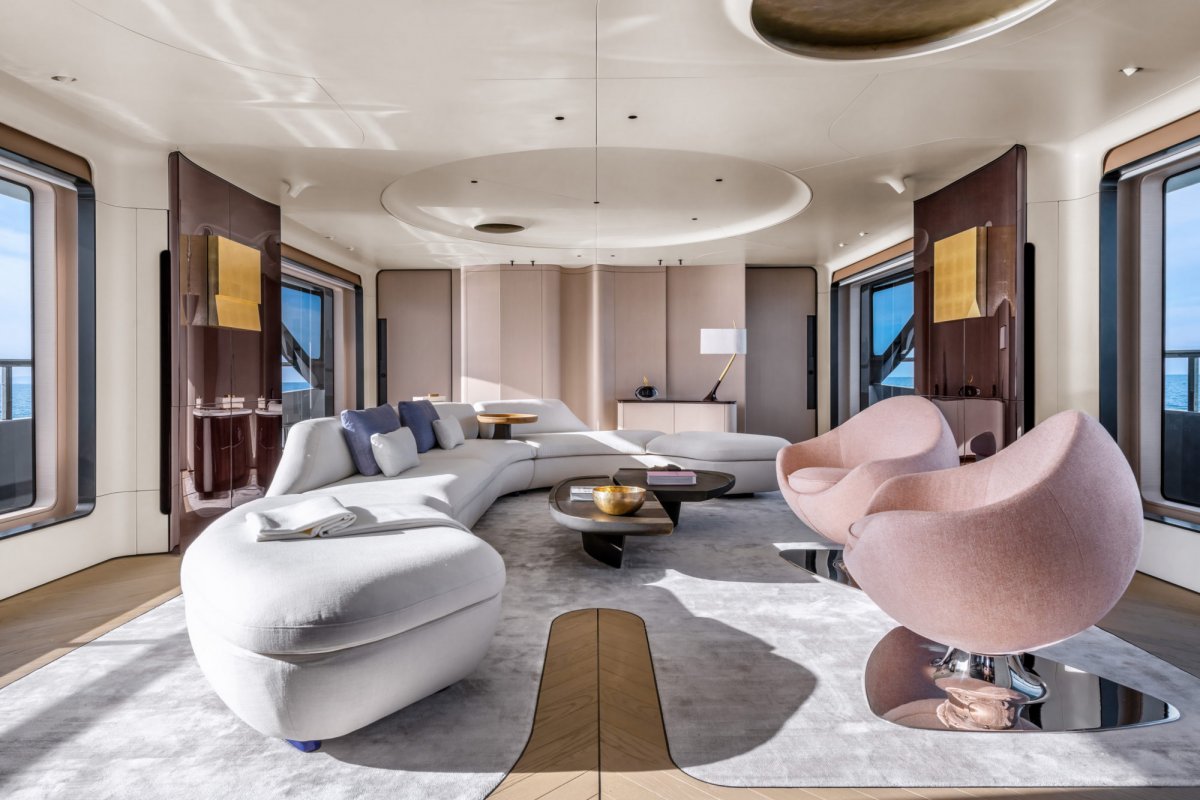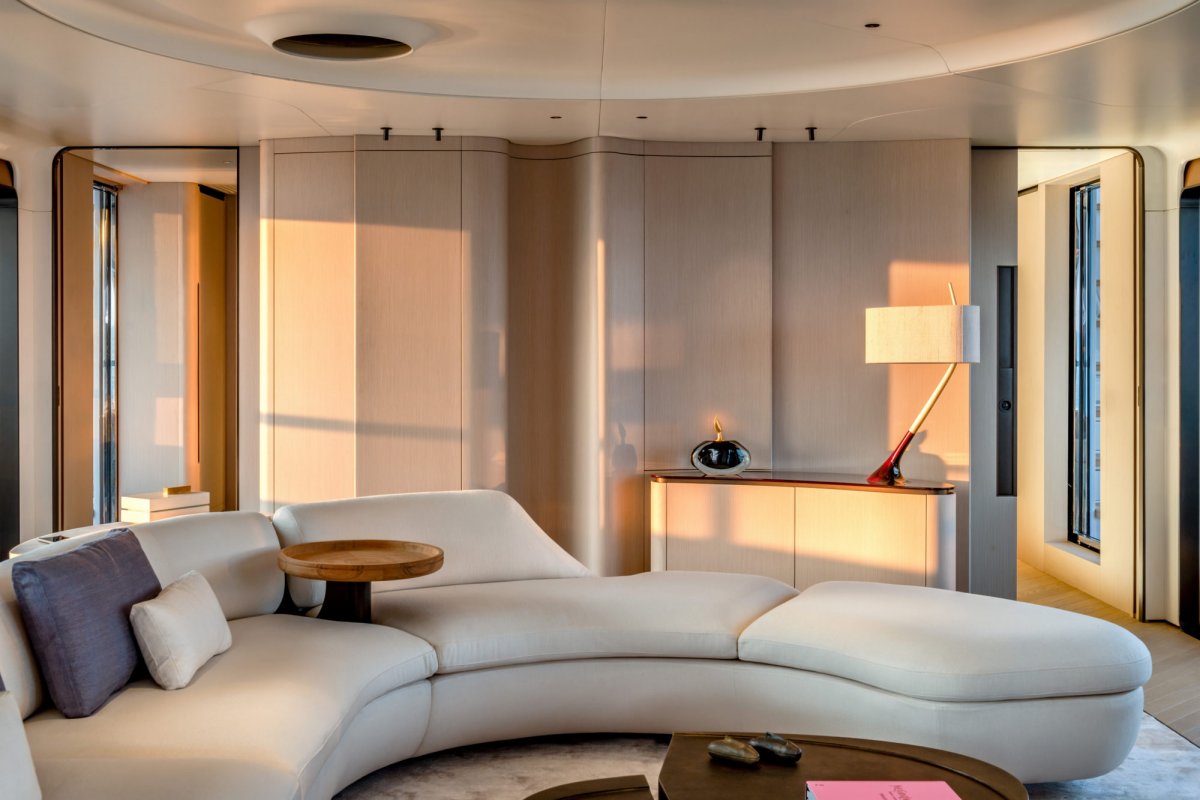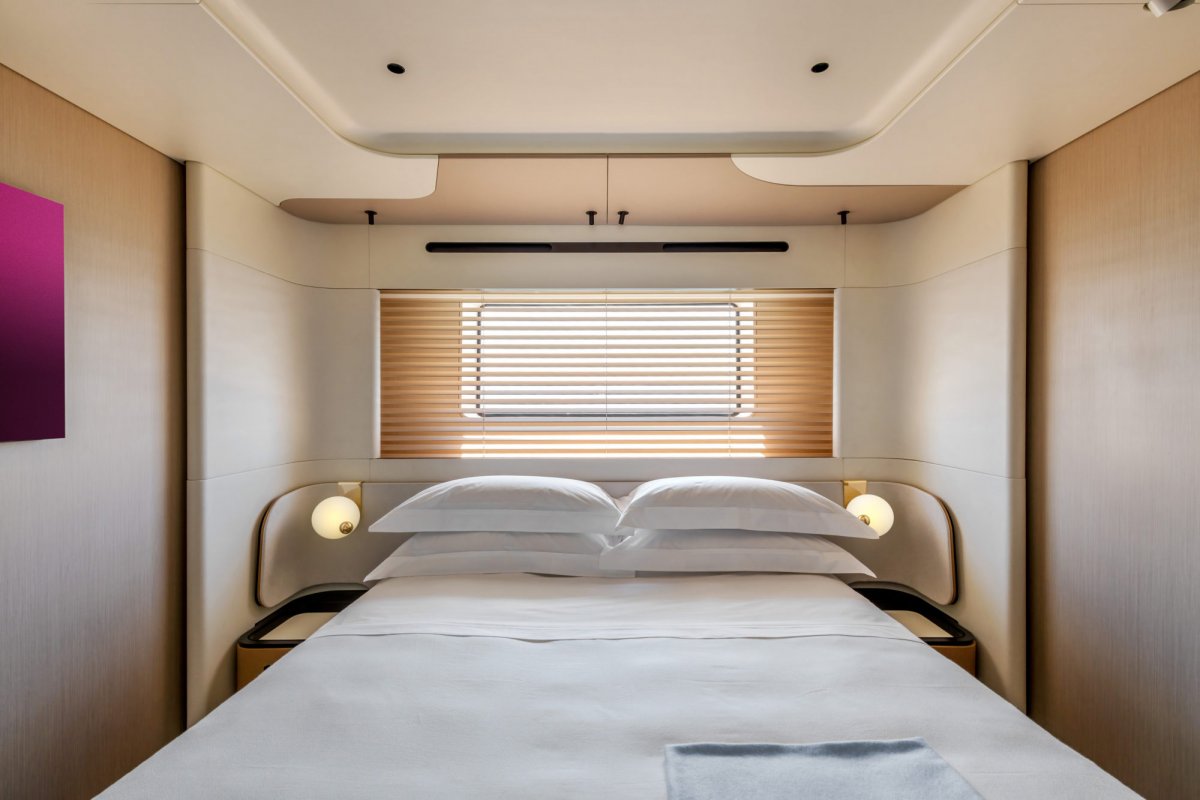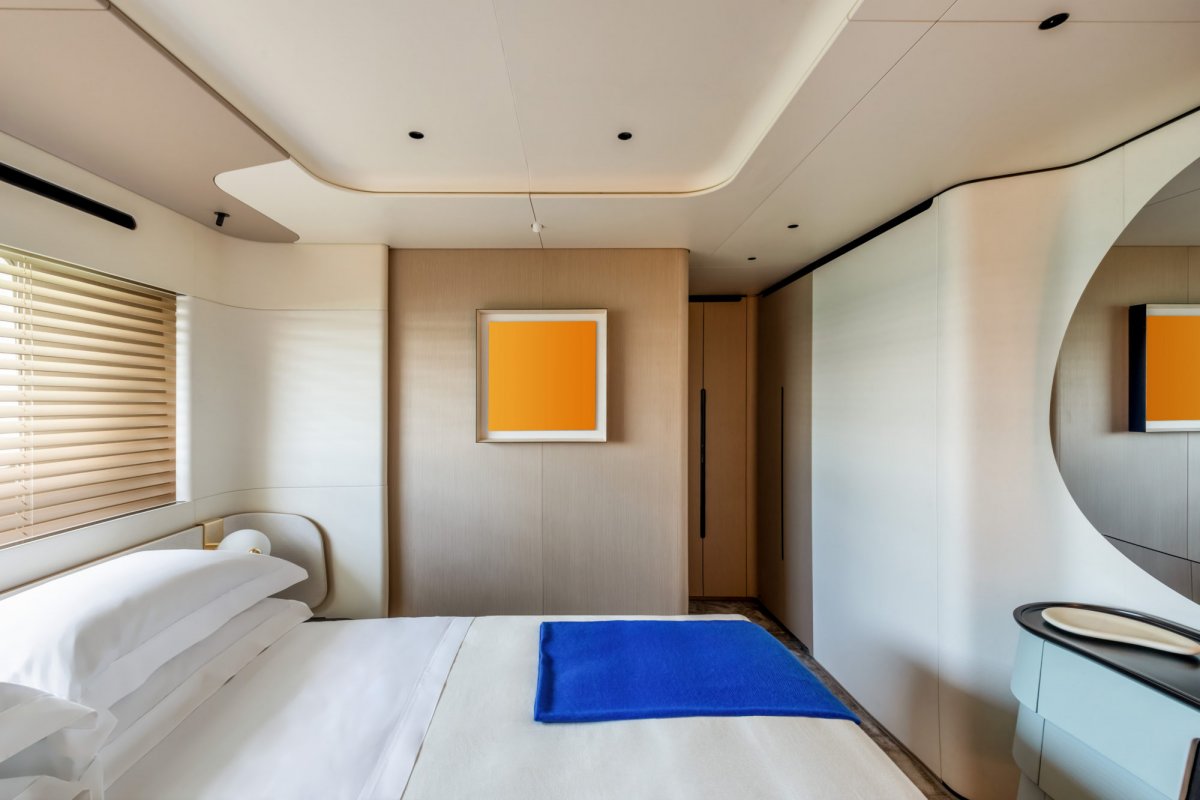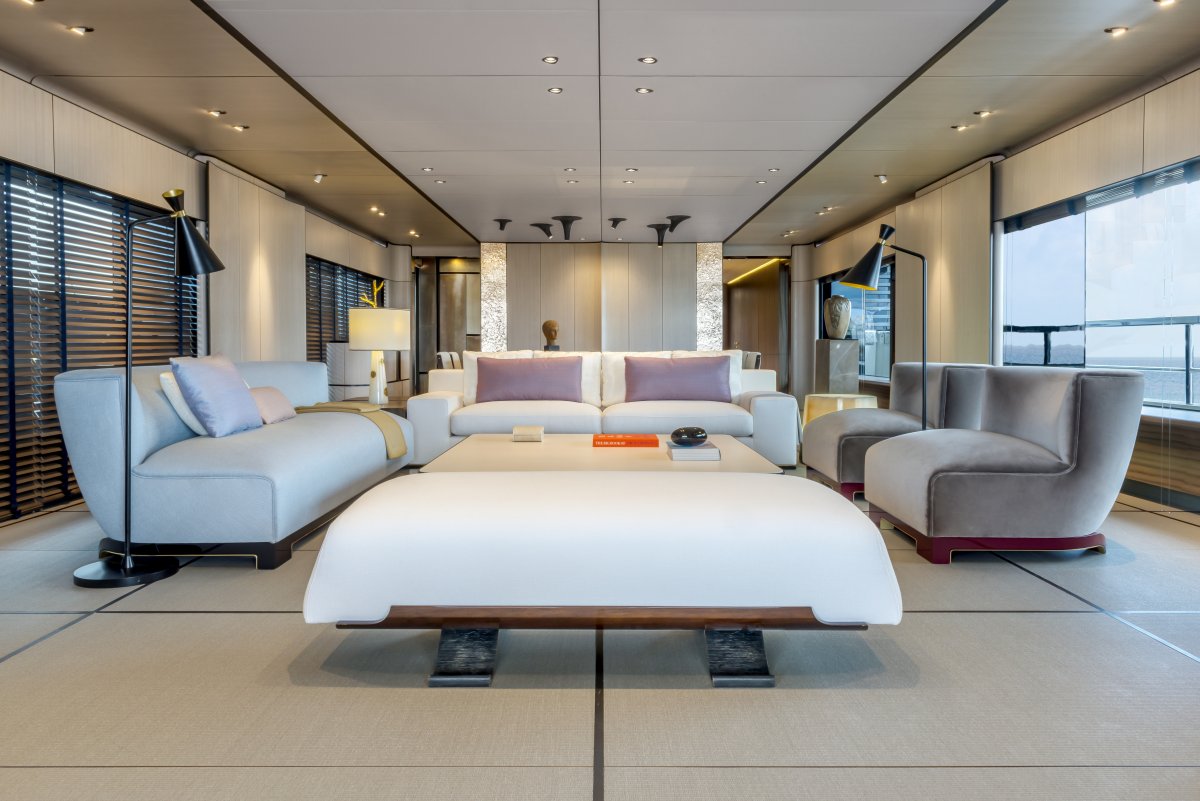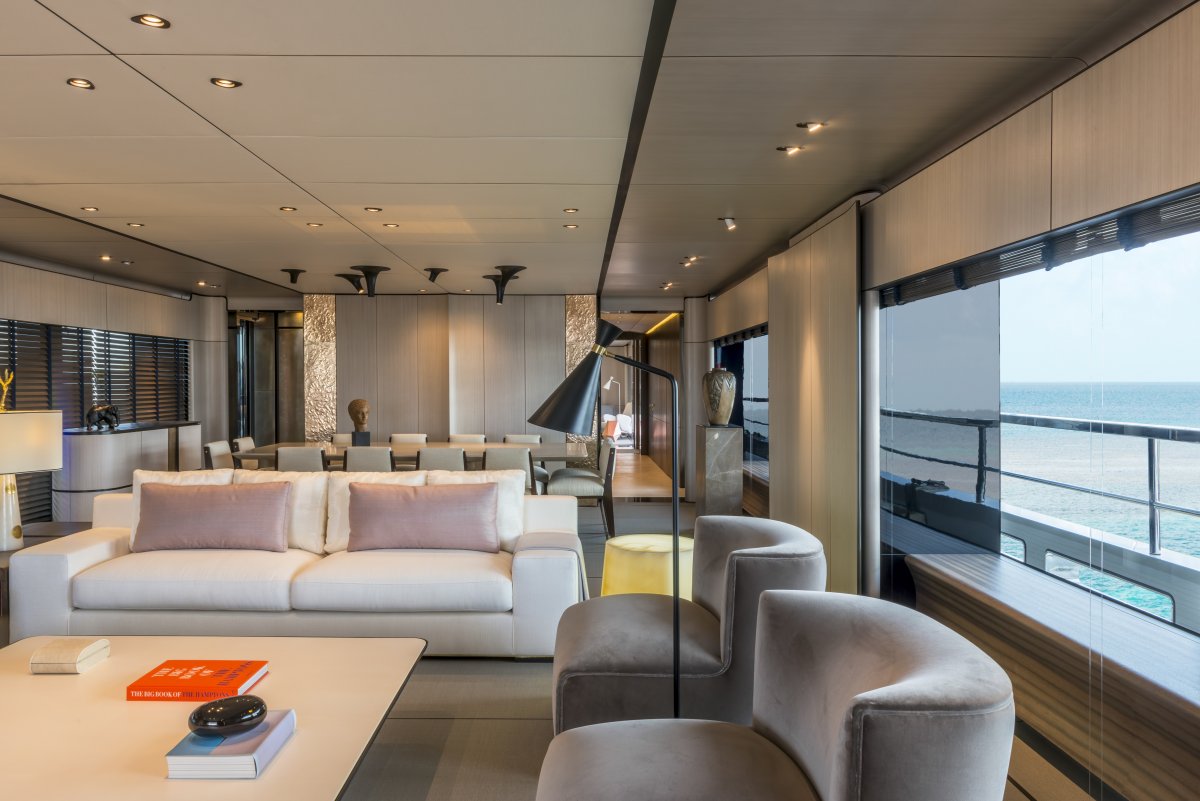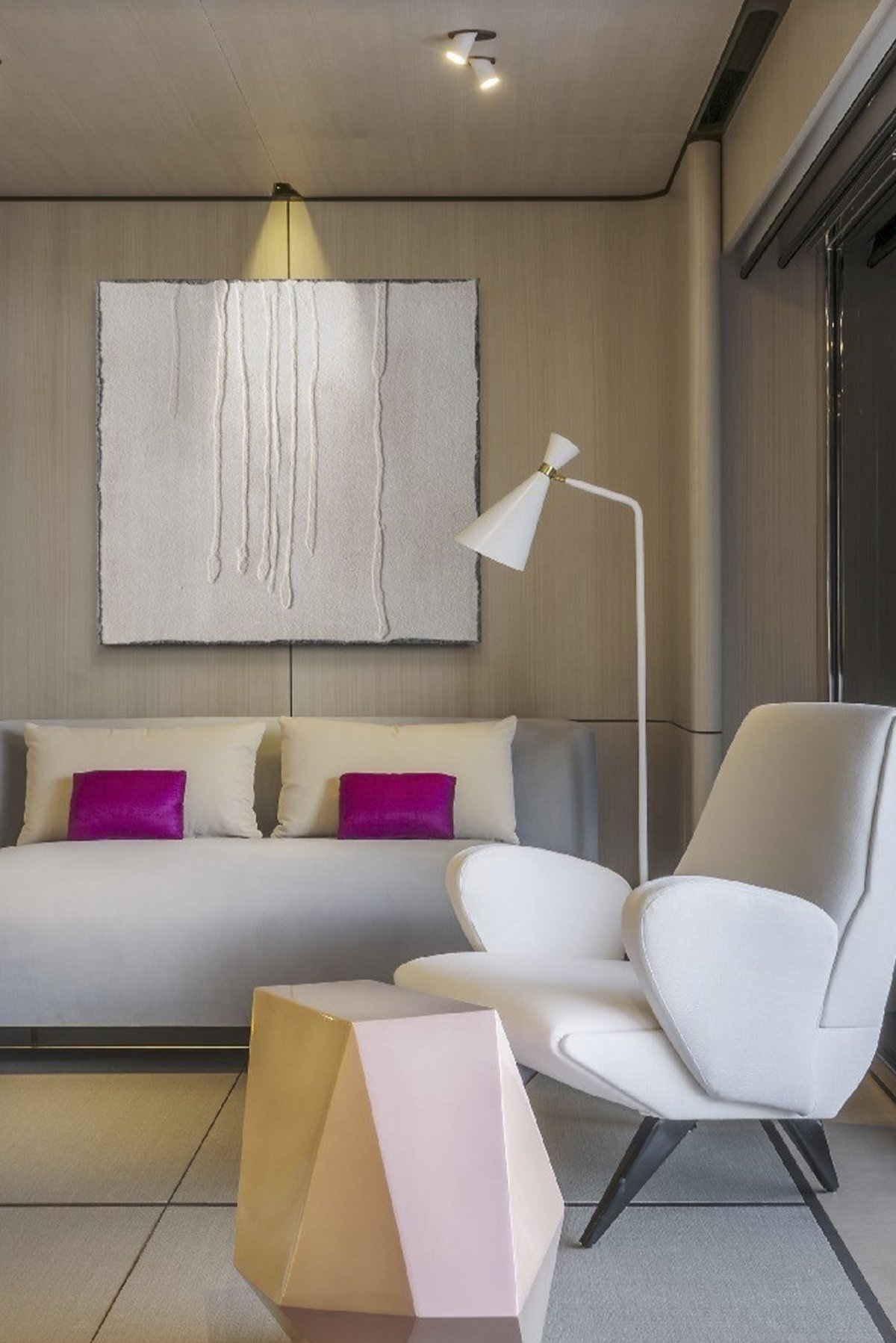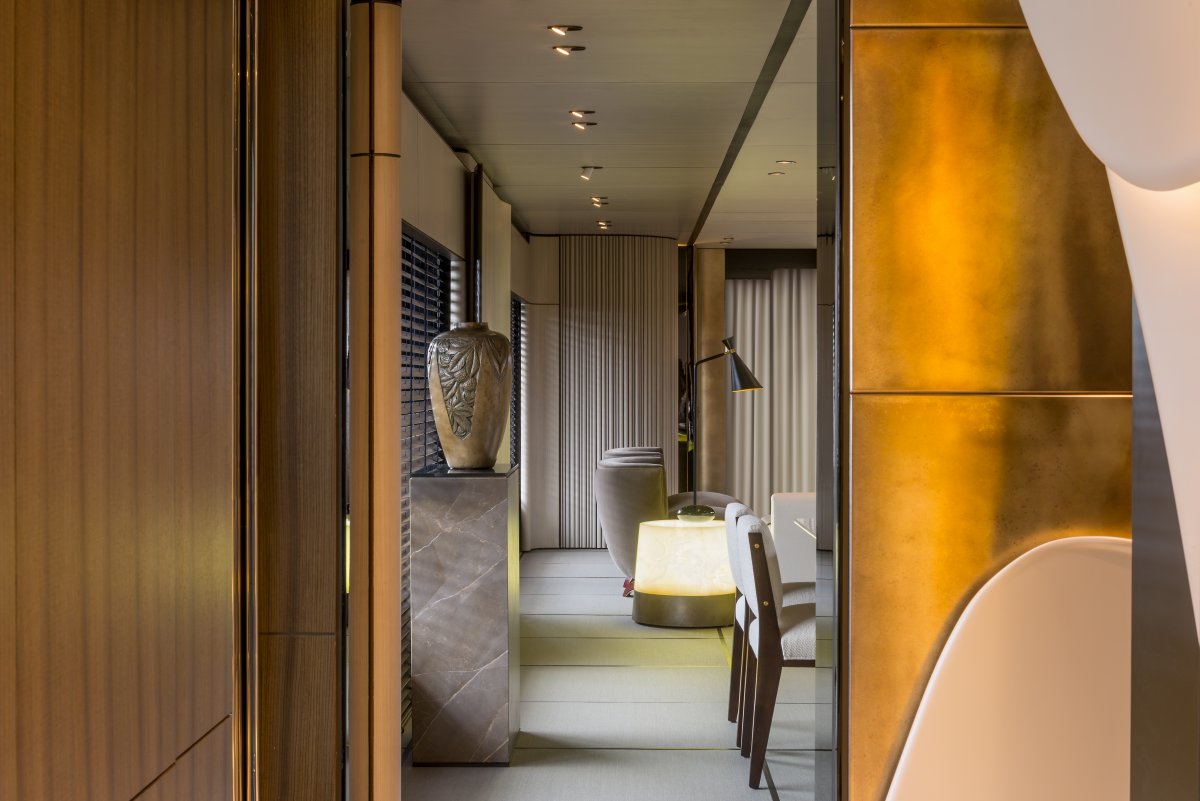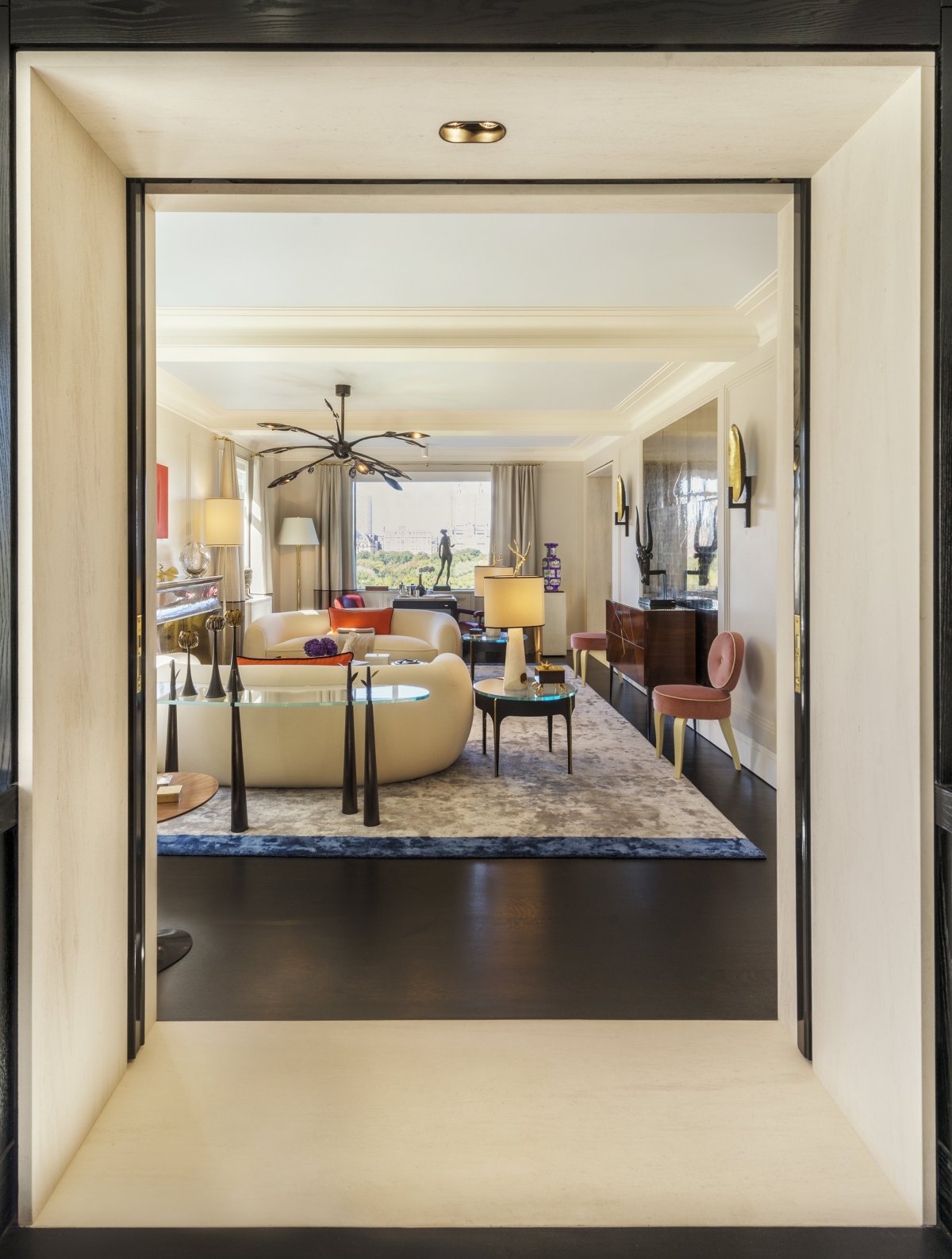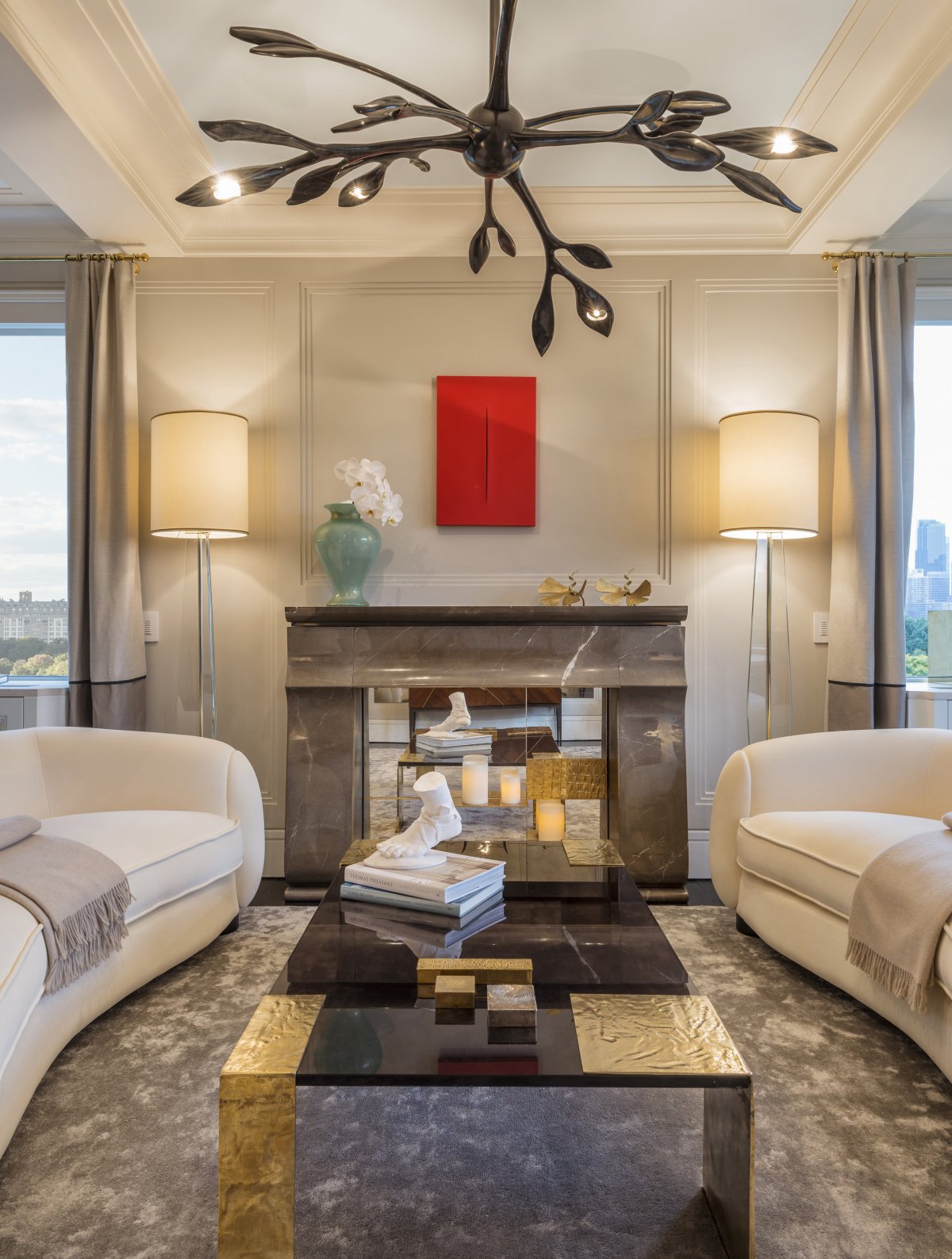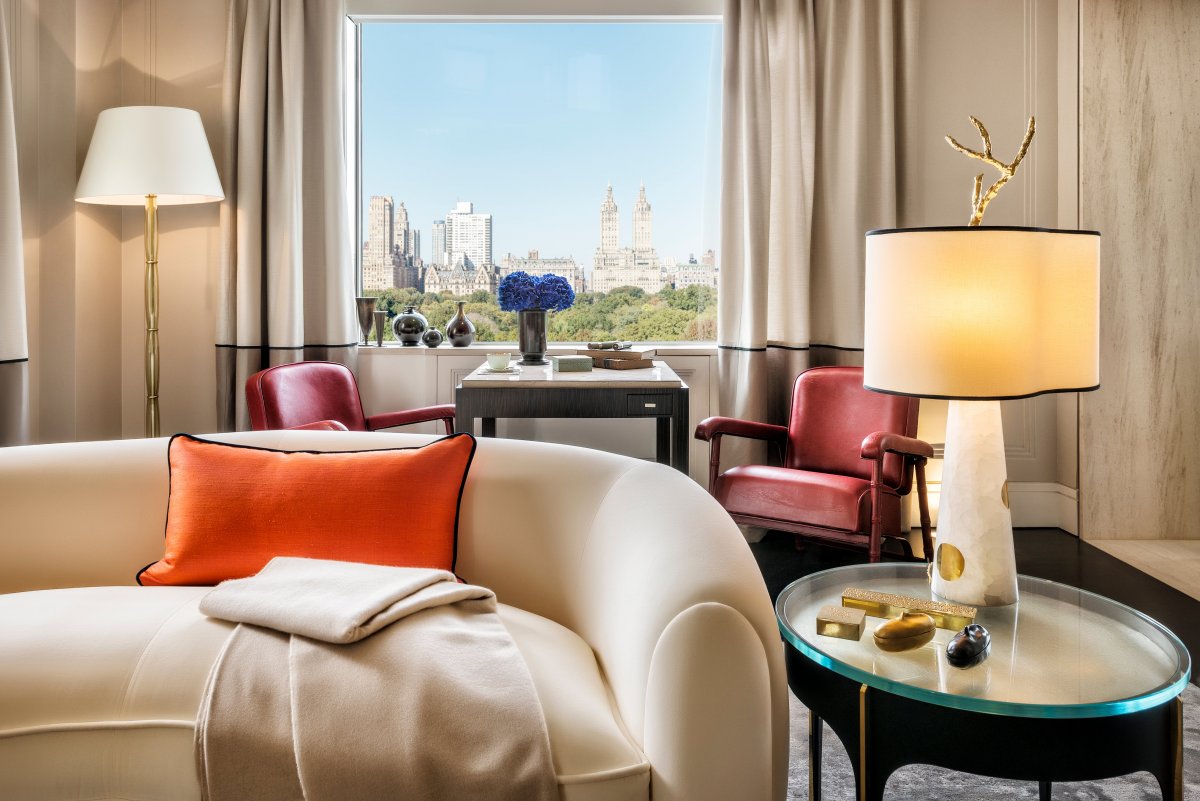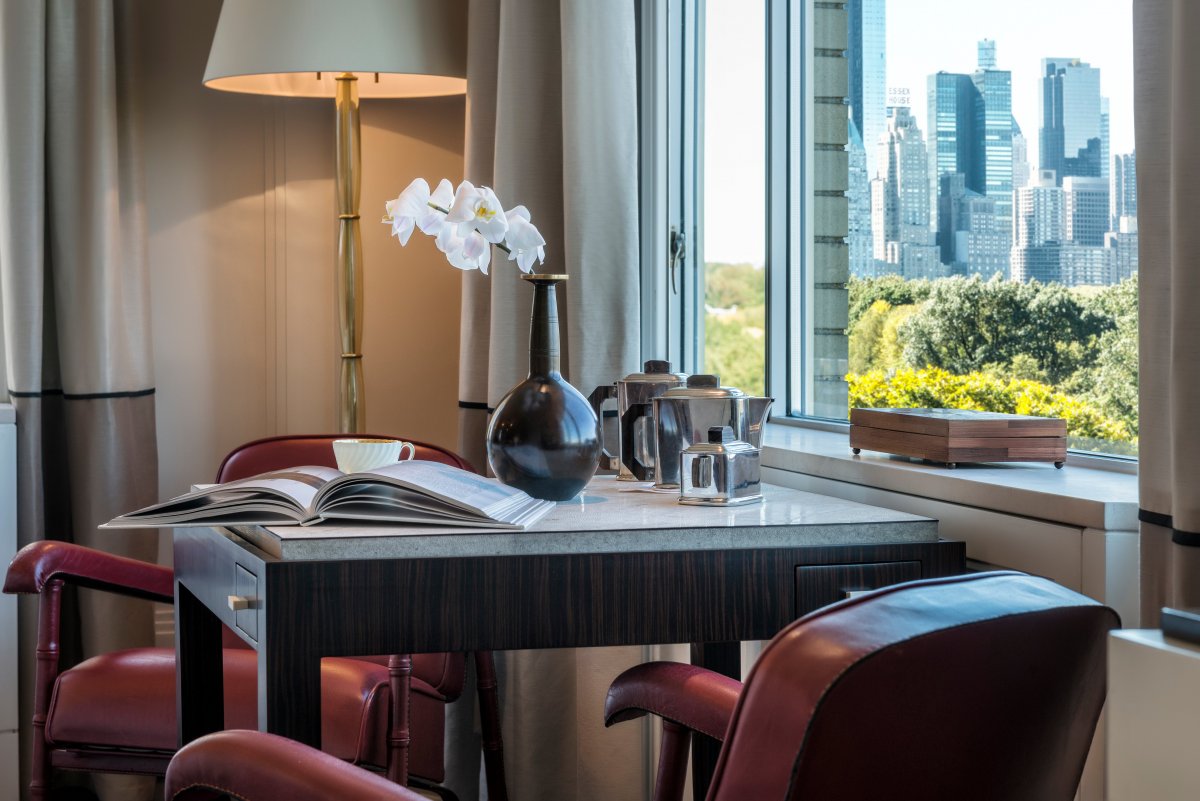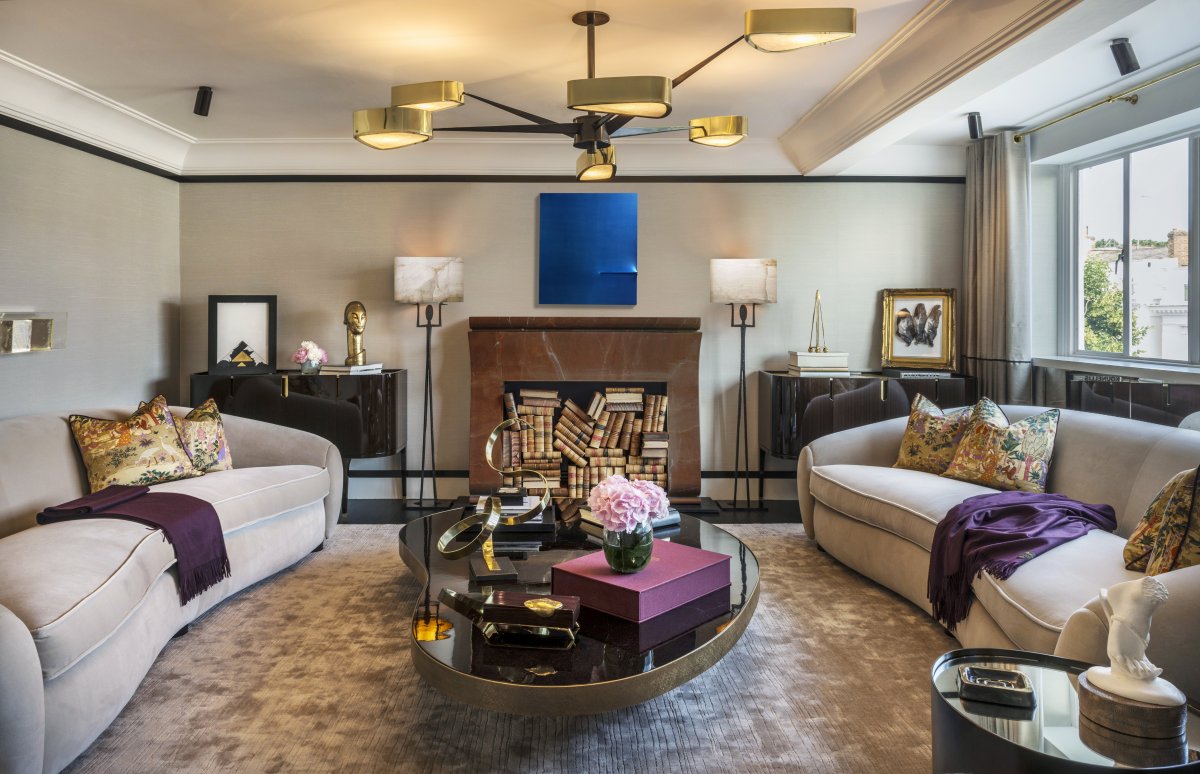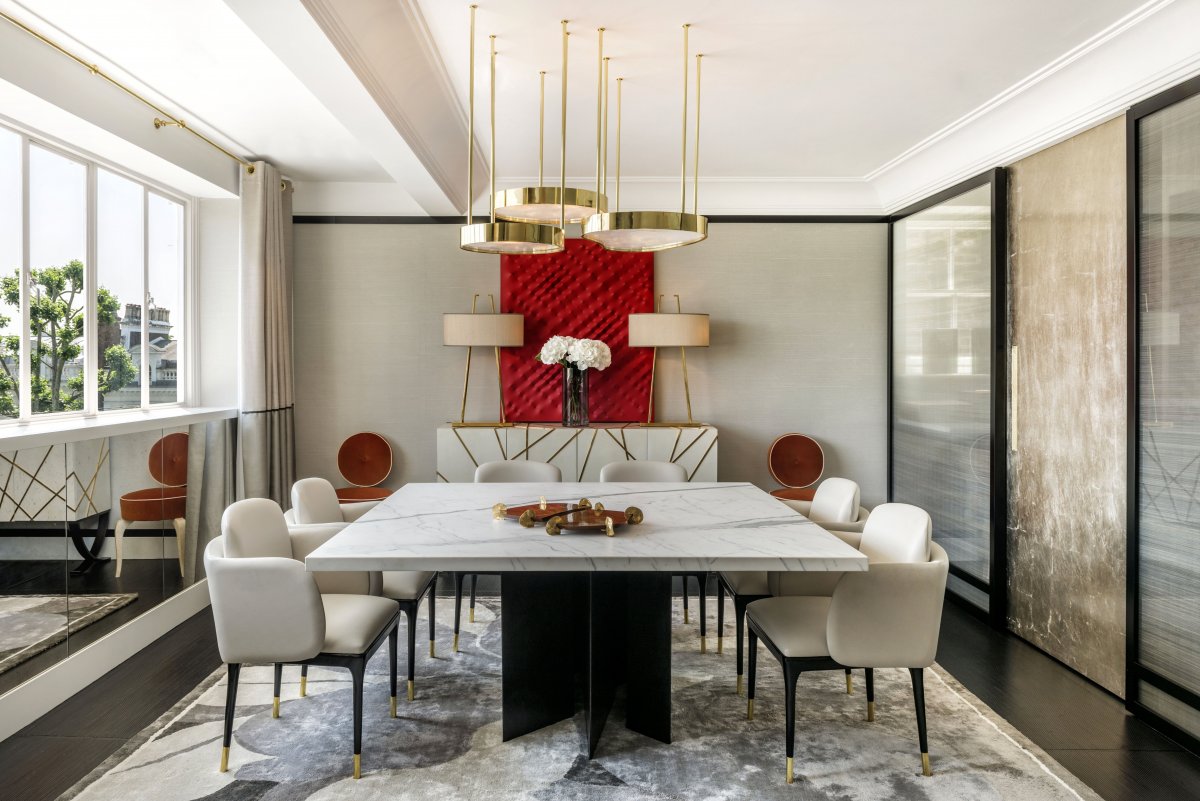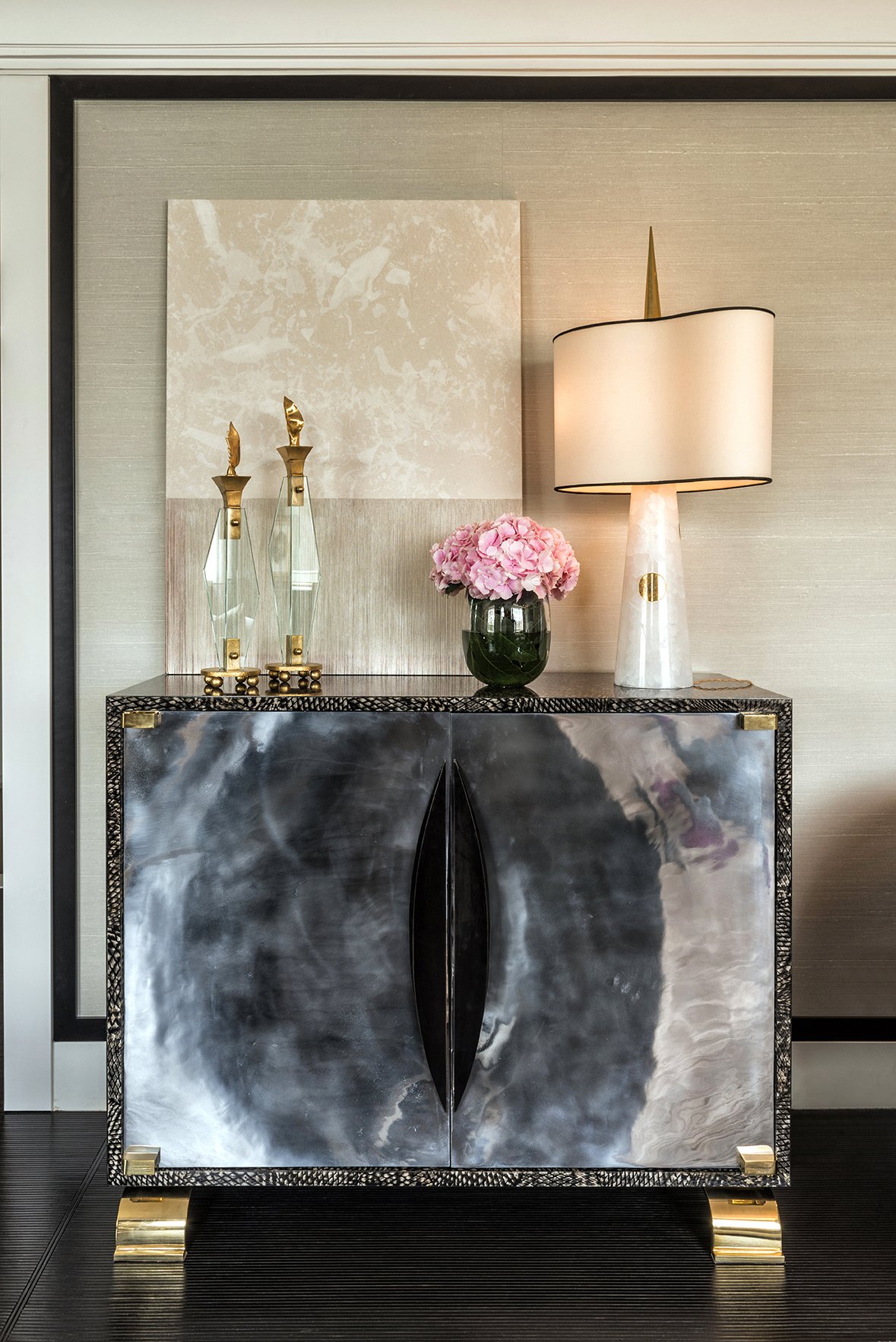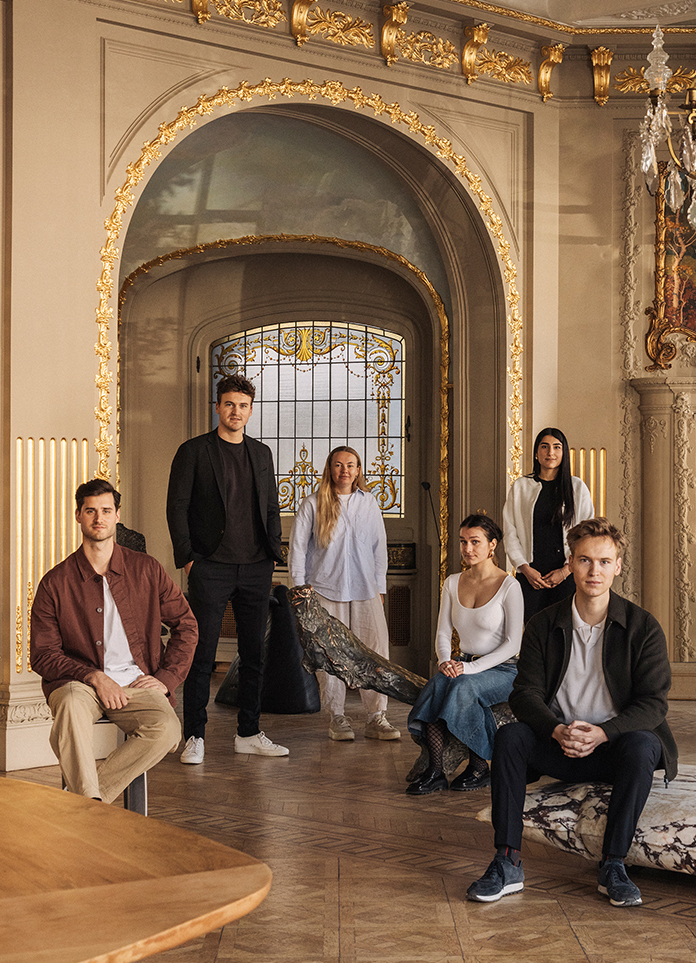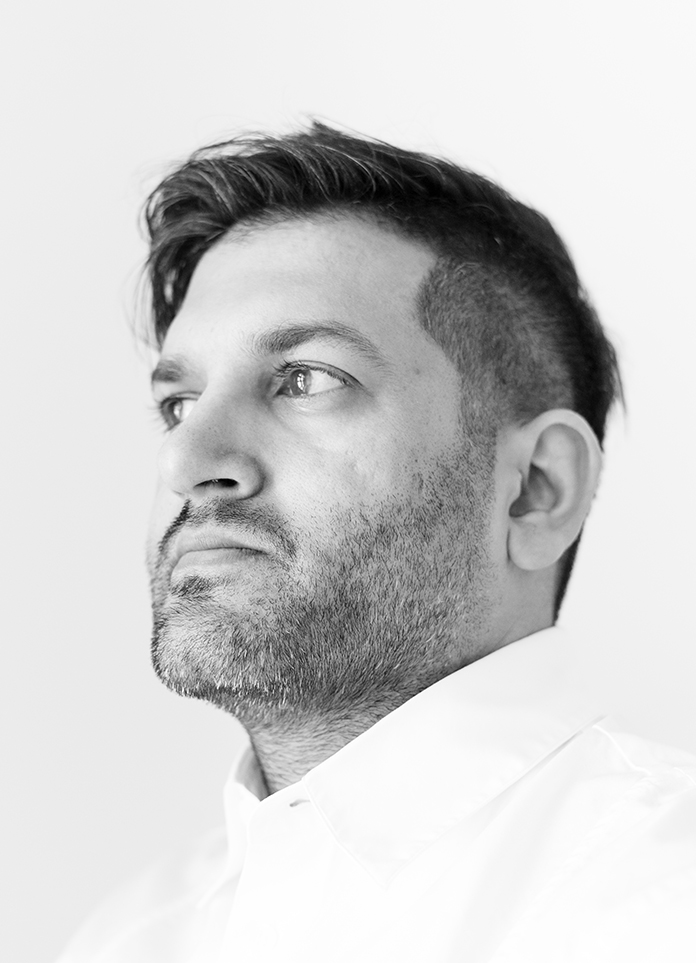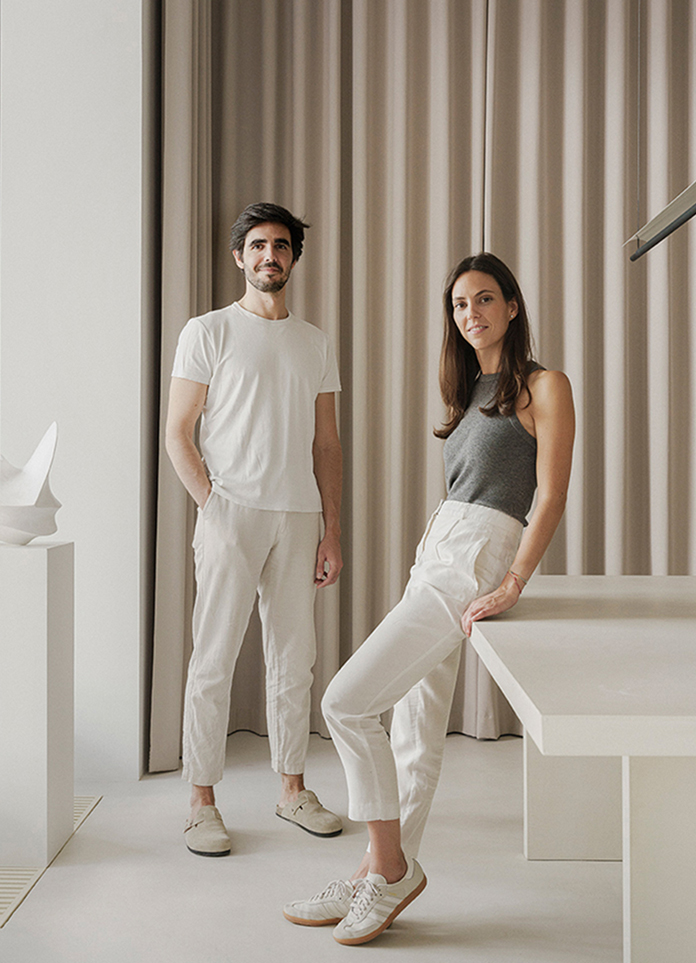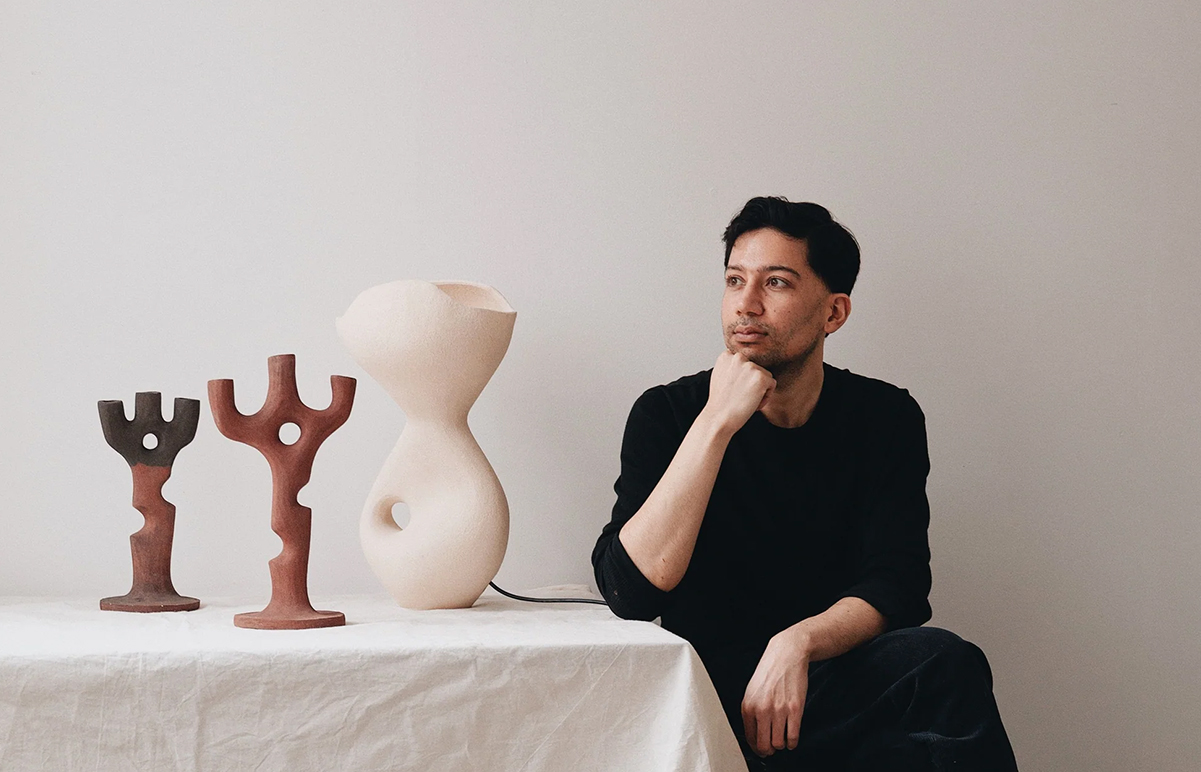
Achille Salvagni is an Italian interior designer who studied at Sapienza University in Rome and the Royal Institute of Technology in Stockholm. In 2002, at the age of 32, he founded Achille Salvagni Architetti. Within a year, the company had grown from two to eight and now has only 24. More than a decade later, he launched Achille Salvagni Atelier as a furniture business.
While Salvagni's design is steeped in history and traditional craftsmanship, it is aesthetically contemporary. In 2015, he expanded to London. In the past year he has expanded again, moving his eponymous studio to Grafton Street in the Mayfair area. Before the pandemic, he divided his time between two European capitals. For the time being, he remains in London.
Yinji:What led to your interest in design?
Salvagni:I grew up in Rome, always surrounded by the city’s most amazing design and architectural heritage. I can’t help but noticing and appreciating the details of the architectures and interiors ever since I was a child. Walking around the city of Rome, I can feel the weight of history, and for me, the architectures bear witnesses to the most remarkable historical and social changes. I always wanted to do something to carry on the great sense of tradition that is embedded in my hometown, and being an architecture as well as a designer help me fulfil that dream and vision.
Yinji:You always mention “historical moments and their relationship to the past.” Is that also your design principal? Can you elaborate a bit more?
Salvagni:Yes, I would definitely say that my design owes greatly to the history of Rome. Through my designs, I strive to recreate the weight of history and explore how the historical values and heritages can contribute to our contemporary way of living. In my view, each era entails a different relationship to the past. As a designer, I think my responsibility is to visualise that unique relationship of our current times through forms and materials.
Yinji:What’s your view on “luxury design”?
Salvagni:Many would associate “luxury” with money or wealth, but that’s not necessarily the case. For me, “luxury” defines itself by the amount of thought and effort that put behind it. The concept of “luxury” cannot be pursued intentionally for its own sake. It is something one automatically achieves when he executes everything with passion, discretion, and brilliance.
Yinji:When you start a new project, how do you find inspirations?
Salvagni:For any project, I think the most important aspect is to communicate with the clients, to listen to what they want, because as the designer, I am supposed to help them to achieve their vision instead of forcing my own on them. When I design for clients, I don’t look for inspirations intentionally, because that would always seem forced. Instead, inspiration comes to me naturally. I just need to discover it. It can be an ornament on a building I see on my way back home. It can be a sculpture fragment from a museum. It can be the shape of a leaf, etc. In summary, inspiration comes from daily life.
Yinji:What would characterise as the most challenging project? Can you tell us the story behind?
Salvagni:I can’t think of one most challenging project, because I try to put 100% of energy and concentration on every project. But I would say that yacht projects are much more challenging than regular residential projects because of the many restraints. When you work on the interiors of a yacht, you need to think about not only the visual appearance, but also the suitability to be placed on a yacht. Even for the smallest furniture pieces or objects, their material and stability need to be considered.
Yinji:What’s your view on the design environment of China? Any Chinese designers or craftsmen you like?
Salvagni:The design industry in China started much later than that in the West, but I see a huge potential in both the Chinese design market and the design talents. With the rich history and culture of China, I believe Chinese designers will, if not already, present fresh perspectives and continue to contribute to the global design scene.
I would say that I am still very new to the Chinese design scene, but there are already many Chinese designers and architects I appreciate. I had the opportunity to meet Andre Fu, who is an amazing architect from Hong Kong and whose work I deeply enjoy. In addition, I really admire the works of Neri&Hu, an architecture firm based in Shanghai. I think all of these designers really excel in presenting a diverse approach, infusing their unique historical and cultural background in the contemporary way of living and continuously challenging the boundary between art, design and functionality
- Interiors: Achille Salvagni Architetti
- Words: Ying
